White chocolate—a creamy, luscious treat that tantalizes the taste buds and has consistently straddled the line between traditional chocolate and something entirely unique.
Quick facts about white chocolate you need to know:
- White chocolate contains no cocoa solids, only cocoa butter, sugar, and milk solids
- Technically not "true chocolate" by traditional definition, but still a beloved confection
- Made through a specific process involving cocoa butter extraction and blending
- Available in vegan alternatives using plant-based ingredients
- Canada offers exceptional white chocolate options from premium suppliers
- Perfect for melting, baking, and creating delicious sauces
- Requires careful temperature control when melting (86-88°F ideal range)
In our exploration of white chocolate, we embark on a journey through its composition and creation, tracing back its history and legislative recognitions, and unearthing the nuances that make it stand out in the world of chocolate. From its humble beginnings in Swiss innovation to modern uses around the globe, this article elucidates the key components, processes, and historical relevance of white chocolate.
Discover premium white chocolate options at Zucchero Canada for all your confectionery needs.
What Exactly is White Chocolate?
White chocolate is a confectionery product made primarily from cocoa butter, sugar, and milk solids. Unlike its darker counterparts, white chocolate contains no cocoa solids, which gives it its characteristic pale, ivory color and sweet, vanilla-forward flavor profile.
The absence of cocoa solids means white chocolate lacks the bitter, complex flavors associated with dark chocolate. Instead, it offers a rich, creamy sweetness that makes it incredibly versatile for both eating and cooking applications.
The Technical Definition
According to food regulations in most countries, including Canada, white chocolate must contain:
- Minimum 20% cocoa butter - provides the chocolate-like mouthfeel and structure
- Milk solids - typically 14% minimum for creaminess and flavor
- Sugar - for sweetness and texture
- Lecithin - an emulsifier that helps bind ingredients
- Natural vanilla flavoring - enhances the overall taste profile
These strict requirements ensure that products labeled as "white chocolate" meet quality standards and provide consumers with consistent expectations.
How is White Chocolate Made?
Understanding how is white chocolate made reveals the craftsmanship behind this beloved treat. The process begins with cocoa beans, just like traditional chocolate, but follows a different path to create the final product.
The White Chocolate Manufacturing Process
The journey from cocoa bean to white chocolate involves several precise steps:
Step 1: Cocoa Butter Extraction The process starts with cocoa beans that are roasted, cracked, and processed to separate cocoa butter from cocoa solids. The valuable cocoa butter is what gives white chocolate its chocolate-like properties.
Step 2: Ingredient Blending High-quality cocoa butter is carefully blended with sugar, milk powder, and other ingredients. The ratio must be precise to achieve the proper texture and flavor balance.
Step 3: Conching Similar to traditional chocolate making, the mixture undergoes conching - a process where the ingredients are continuously mixed and heated. This develops flavor and creates the smooth texture we associate with quality white chocolate.
Step 4: Tempering The final step involves tempering, where the chocolate is heated and cooled in controlled cycles. This ensures proper crystal formation, giving the finished product its characteristic snap and glossy appearance.
For professional applications, premium suppliers like those featured in Canada's specialty chocolate market offer White Chocolate Candy Melts Wafers that maintain consistent quality for large-scale production needs.
White Chocolate Ingredients: What's Really Inside?
The white chocolate ingredients list is surprisingly simple, yet each component plays a crucial role in the final product's quality and characteristics.
Primary Ingredients
Cocoa Butter (20-35%) The foundation of any quality white chocolate, cocoa butter provides the rich mouthfeel and allows the product to melt smoothly at body temperature. Higher cocoa butter content generally indicates better quality.
Sugar (35-45%) Provides sweetness and affects texture. The type and processing of sugar can impact the final flavor profile significantly.
Milk Solids (14-25%) Usually in the form of whole milk powder or skimmed milk powder, these ingredients contribute to the creamy texture and subtle dairy notes.
Lecithin (Less than 1%) An emulsifier that helps bind fat and water-based ingredients, ensuring smooth texture and preventing separation.
Natural Vanilla Enhances flavor complexity and provides the characteristic vanilla notes associated with quality white chocolate.
Quality Indicators
When selecting white chocolate, look for products that list cocoa butter as the first ingredient rather than vegetable oils. Premium options, such as FCH White Chocolate Latin American Origin, source their cocoa butter from specific regions known for exceptional flavor profiles.
Is White Chocolate Really Chocolate?
The question "is white chocolate chocolate" sparks passionate debates among chocolate enthusiasts and food purists alike. The answer depends on how you define "chocolate."
Technical Perspective
From a regulatory standpoint, white chocolate meets the legal requirements to be called chocolate in most countries. However, purists argue that without cocoa solids - the component that provides chocolate's characteristic flavor - it shouldn't carry the chocolate name.
Practical Perspective
Despite the debate, white chocolate shares several important characteristics with traditional chocolate:
- Made from cocoa butter derived from cocoa beans
- Requires similar tempering and handling techniques
- Provides similar mouthfeel and melting properties
- Used in identical applications for baking and confectionery
Whether you consider it "true chocolate" or not, white chocolate has earned its place in the confectionery world through decades of popularity and culinary applications.
White Chocolate vs Milk Chocolate: Understanding the Differences
The white chocolate vs milk chocolate comparison reveals interesting contrasts in flavor, nutrition, and culinary applications.
Flavor Profile Differences
White Chocolate:
- Sweet, vanilla-forward flavor
- Creamy, buttery texture
- No bitter or earthy notes
- More subtle, delicate taste
Milk Chocolate:
- Balanced sweet and slightly bitter flavor
- Rich, complex taste from cocoa solids
- Caramel and toffee undertones
- More pronounced chocolate flavor
Nutritional Comparison
Both varieties are high in calories and sugar, but their nutritional profiles differ:
White chocolate typically contains more sugar and fat due to its cocoa butter content, while milk chocolate provides small amounts of antioxidants from cocoa solids.
Culinary Applications
White chocolate excels in applications where its mild flavor won't compete with other ingredients, making it ideal for delicate desserts, fruit pairings, and as a contrast to darker chocolates in layered desserts.
How to Melt White Chocolate: Professional Tips and Techniques
Knowing how to melt white chocolate properly is essential for successful baking and candy making. White chocolate requires more careful handling than dark chocolate due to its higher milk content and different composition.
Best Melting Methods
Double Boiler Method (Recommended) This gentle approach provides the most control over temperature:
- Fill a saucepan with 1-2 inches of water and bring to a gentle simmer
- Place a heat-proof bowl over the pan, ensuring it doesn't touch the water
- Add chopped white chocolate to the bowl
- Stir gently as it melts, maintaining temperature between 86-88°F (30-31°C)
Microwave Method (Quick Option) For smaller quantities, the microwave offers convenience:
- Use a microwave-safe bowl
- Heat in 15-30 second intervals at 50% power
- Stir between each interval to distribute heat evenly
- Stop when small lumps remain and stir to finish melting
Critical Temperature Guidelines
White chocolate is more sensitive to heat than dark chocolate due to its milk content. Overheating can cause:
- Seizing (becoming thick and grainy)
- Separation of fats
- Burnt milk solids flavor
- Loss of smooth texture
Always keep temperatures below 90°F (32°C) and remove from heat before completely melted, allowing residual heat to finish the process.
Creating Perfect White Chocolate Sauce
White chocolate sauce transforms ordinary desserts into gourmet experiences. This versatile topping pairs beautifully with fruits, cakes, ice cream, and numerous other treats.
Classic White Chocolate Sauce Recipe
This professional-grade sauce maintains smooth consistency and rich flavor:
Ingredients:
- 8 oz quality white chocolate, finely chopped
- 1 cup heavy cream
- 2 tablespoons butter
- 1 teaspoon vanilla extract
- Pinch of salt
Method: Heat cream in a small saucepan until it begins to simmer. Remove from heat and add chopped white chocolate, whisking until smooth. Stir in butter, vanilla, and salt. The sauce can be served warm or stored refrigerated for up to one week.
Flavor Variations
Transform basic white chocolate sauce with these additions:
- Citrus version: Add lemon or orange zest for bright, fresh notes
- Spiced option: Include cinnamon, cardamom, or nutmeg for warmth
- Liqueur enhancement: A splash of Grand Marnier or amaretto adds sophistication
- Coffee twist: A teaspoon of espresso creates mocha-inspired flavor
Exploring Vegan White Chocolate Options
Vegan white chocolate has revolutionized plant-based dessert making, offering dairy-free alternatives that don't compromise on taste or texture.
What Makes White Chocolate Vegan?
Traditional white chocolate contains milk solids, making it unsuitable for vegan diets. Vegan white chocolate replaces these dairy components with plant-based alternatives while maintaining the essential cocoa butter base.
Common Vegan Substitutions
Instead of Milk Powder:
- Coconut milk powder for tropical notes
- Cashew powder for neutral, creamy flavor
- Rice powder for lighter texture
- Oat powder for subtle sweetness
Additional Considerations: Quality vegan white chocolate maintains the same cocoa butter content as traditional versions, ensuring similar melting properties and mouthfeel.
Is White Chocolate Vegan by Default?
The question "is white chocolate vegan" depends entirely on the specific product. Most commercial white chocolate contains dairy products, but dedicated vegan versions are increasingly available from specialty suppliers and health food stores.
For those in Canada seeking vegan white chocolate canada options, many specialty confectionery suppliers now offer plant-based alternatives that rival traditional versions in quality and taste.
White Chocolate in Canada: A Sweet Landscape
White chocolate Canada represents a thriving market with both imported premium options and locally-produced specialties. Canadian consumers have access to some of the world's finest white chocolate products.
The Canadian White Chocolate Market
Canada's appreciation for quality confectionery has created a robust market for premium white chocolate. From artisanal chocolatiers in Montreal to Vancouver's innovative confectionery scene, Canadian chocolate makers are creating exceptional products that compete globally.
Best White Chocolate in Canada
When seeking the best white chocolate in canada, consider these factors:
- Cocoa butter content: Higher percentages generally indicate better quality
- Source origin: Single-origin cocoa butter offers unique flavor profiles
- Processing methods: Traditional conching creates superior texture
- Ingredient quality: Natural vanilla and high-grade milk solids make a difference
Professional suppliers like Zucchero Canada offer access to premium international brands and specialized products that meet the demands of serious bakers and chocolatiers.
White Chocolate Chips Canada Market
White chocolate chips canada availability has expanded significantly, with options ranging from basic baking chips to premium chunks suitable for gourmet applications. These versatile products serve both home bakers and commercial operations.
Canadian suppliers now offer various formats:
- Standard baking chips for cookies and muffins
- Mini chips for delicate applications
- Chunks for rustic, artisanal appearances
- Professional-grade compounds for commercial use
Popular White Chocolate Recipes and Applications
White chocolate recipes span from simple home treats to sophisticated restaurant desserts. Understanding how to work with this ingredient opens up countless culinary possibilities.
Baking Applications
White chocolate excels in baking applications where its mild flavor complements rather than competes:
Classic White Chocolate Chip Cookies The gentle sweetness of white chocolate creates cookies with complex flavor without overwhelming other ingredients like vanilla or almond extracts.
White Chocolate Raspberry Bars The combination of tart berries and creamy white chocolate creates one of the most beloved flavor pairings in dessert making.
White Chocolate Ganache Using quality white chocolate for ganache produces silky-smooth fillings and frostings perfect for elegant cakes and truffles.
Advanced Techniques
Professional applications of white chocolate require understanding its unique properties:
Tempering for Confections Properly tempered white chocolate creates glossy, stable coatings for truffles and dipped fruits. The process requires precise temperature control but produces professional-quality results.
Modeling and Decoration White chocolate can be colored and molded for decorative elements, providing cake decorators with versatile medium for artistic expression.
Frequently Asked Questions (FAQ)
What is the difference between white chocolate and regular chocolate?
White chocolate contains only cocoa butter from the cocoa bean, while regular chocolate includes cocoa solids. This means white chocolate has a sweeter, vanilla-forward flavor without the bitter notes characteristic of dark or milk chocolate.
How long does white chocolate last?
Properly stored white chocolate maintains quality for 8-12 months when kept in a cool, dry place away from direct sunlight. Signs of age include white bloom on the surface (harmless but affects appearance) and diminished flavor.
Can I substitute white chocolate for milk chocolate in recipes?
While possible, substituting white chocolate for milk chocolate will significantly change flavor profiles. White chocolate's higher sugar content and different melting properties may also affect texture, so recipe adjustments might be necessary.
Why does my white chocolate turn thick when melting?
White chocolate can seize when overheated or when moisture is introduced. Keep temperatures below 90°F and ensure all utensils are completely dry. If seizing occurs, try whisking in a small amount of neutral oil to restore smoothness.
Is white chocolate healthier than dark chocolate?
White chocolate generally contains more sugar and calories than dark chocolate while lacking the antioxidants found in cocoa solids. However, it does provide some cocoa butter benefits and can be part of a balanced diet when enjoyed in moderation.
Where can I buy high-quality white chocolate in Canada?
Quality white chocolate is available through specialty suppliers, gourmet food stores, and online retailers. For professional-grade products, suppliers like Zucchero Canada offer premium options suitable for both home and commercial use.
Conclusion
White chocolate represents a unique category in the confectionery world, offering sweet indulgence and versatile culinary applications. While debates about its "true chocolate" status continue, its popularity and utility in kitchens across Canada remain undisputed.
From understanding its manufacturing process to mastering melting techniques, knowledge about white chocolate enhances both appreciation and practical application. Whether you're creating simple cookies or elaborate desserts, choosing quality white chocolate makes a significant difference in final results.
For those seeking premium white chocolate options in Canada, specialized suppliers like Zucchero provide access to professional-grade products that elevate any culinary project. The combination of quality ingredients, proper technique, and creative application makes white chocolate an invaluable addition to any baker's repertoire.
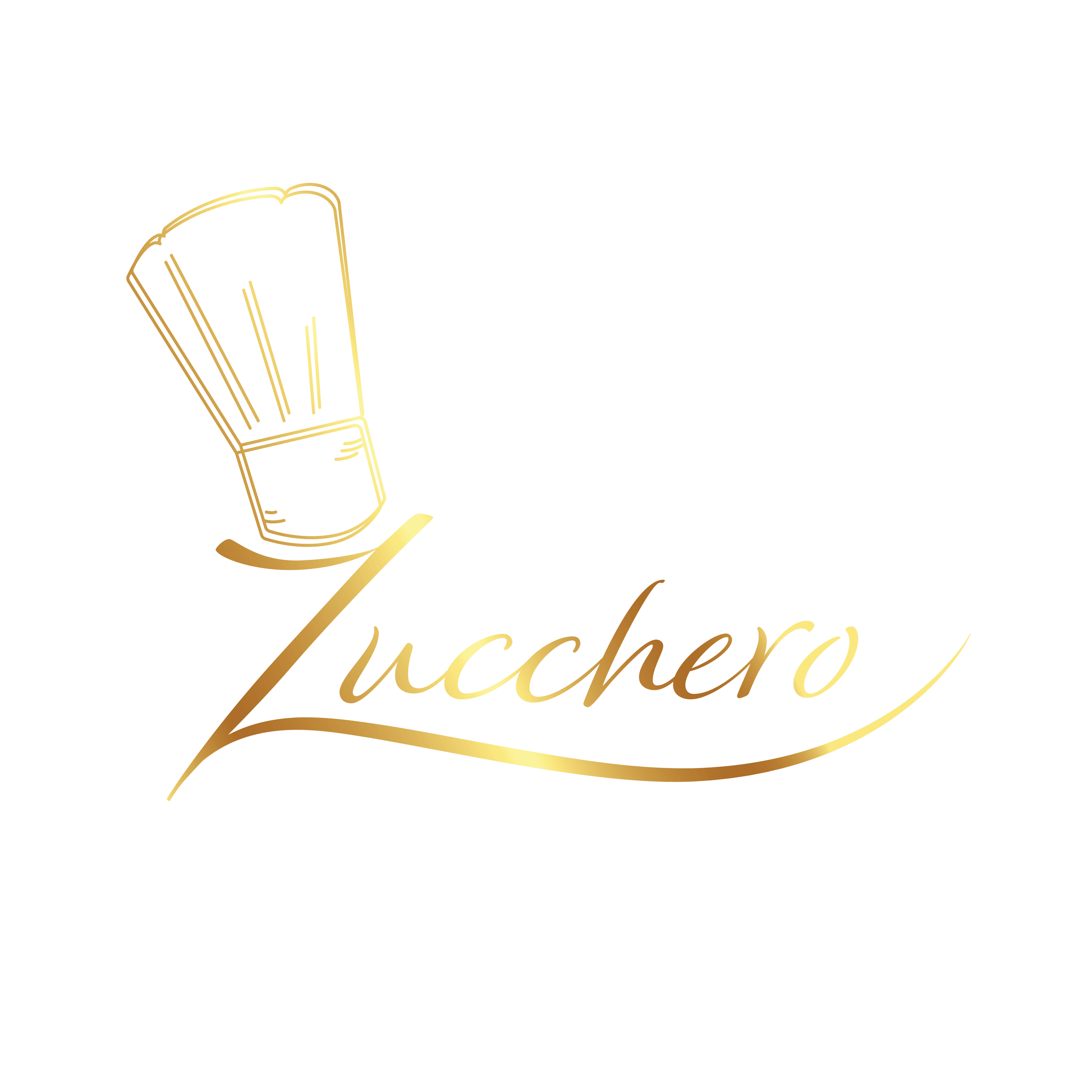
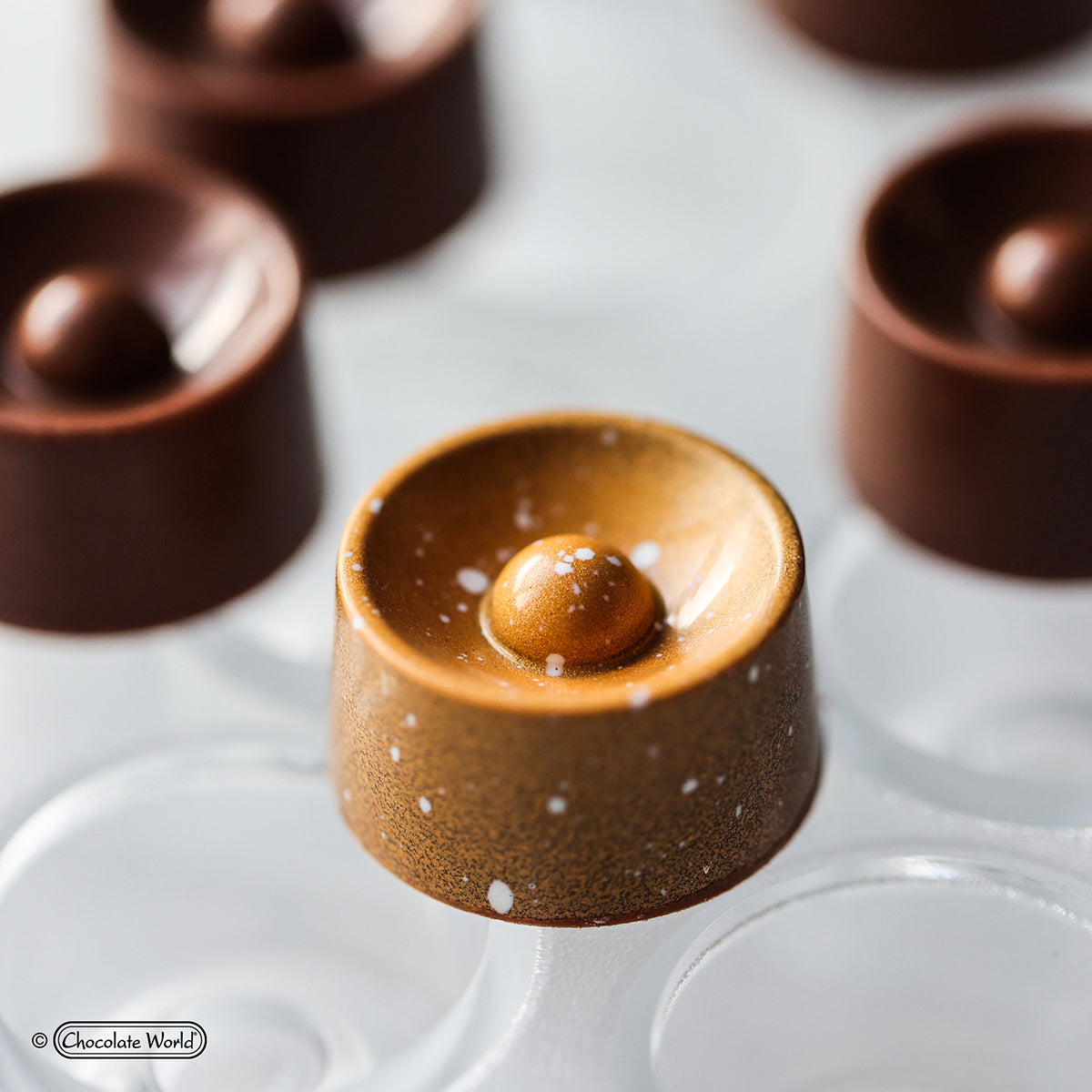
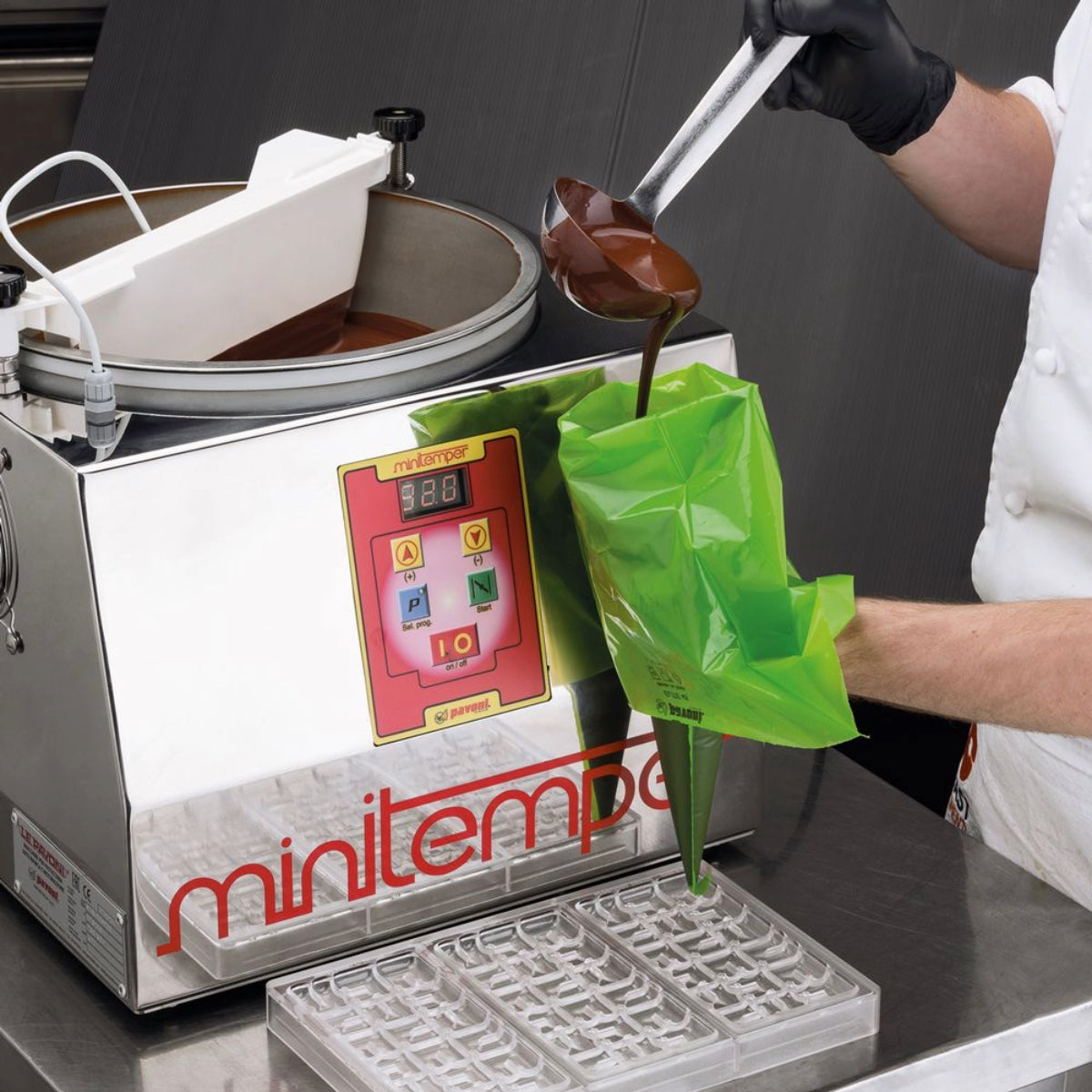
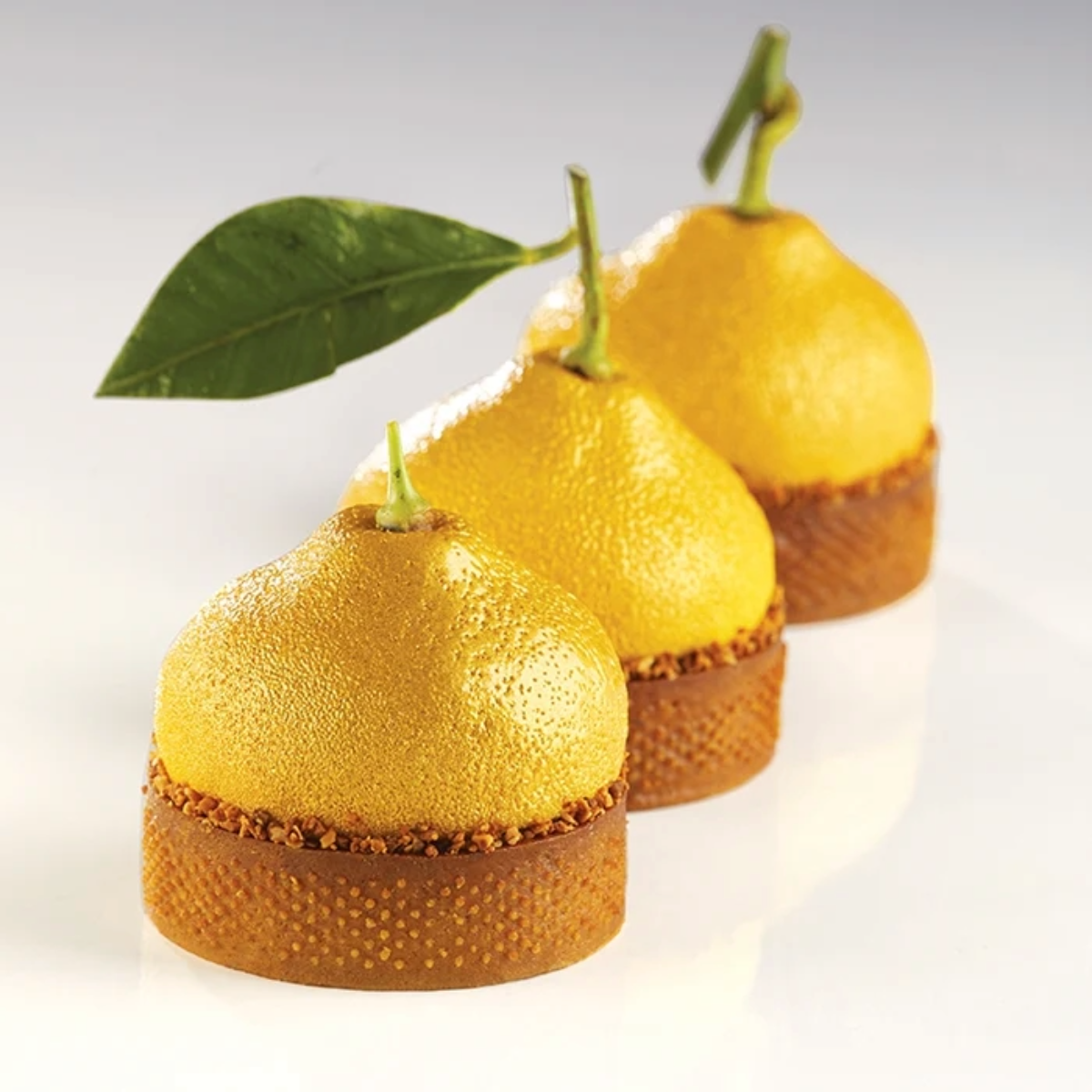
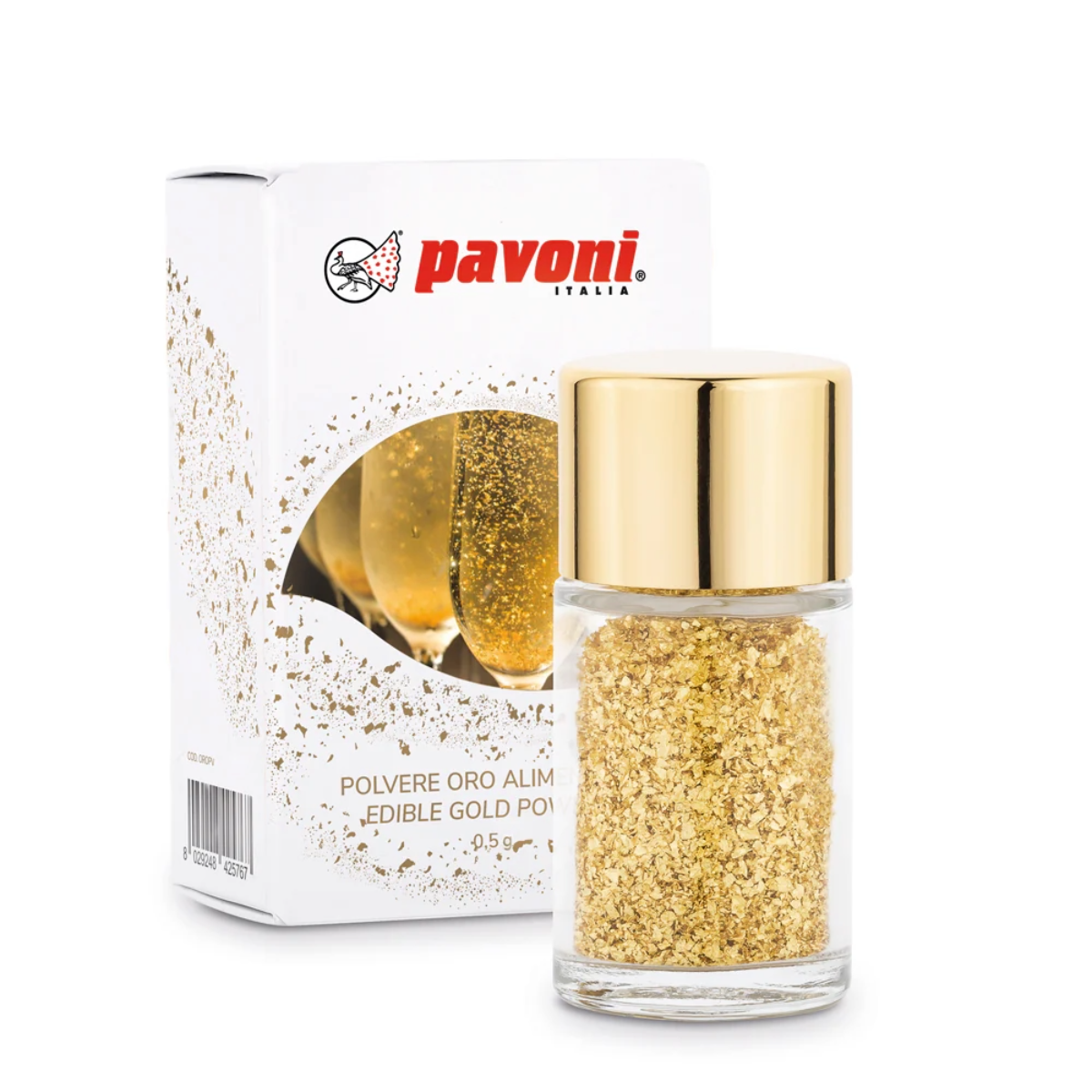
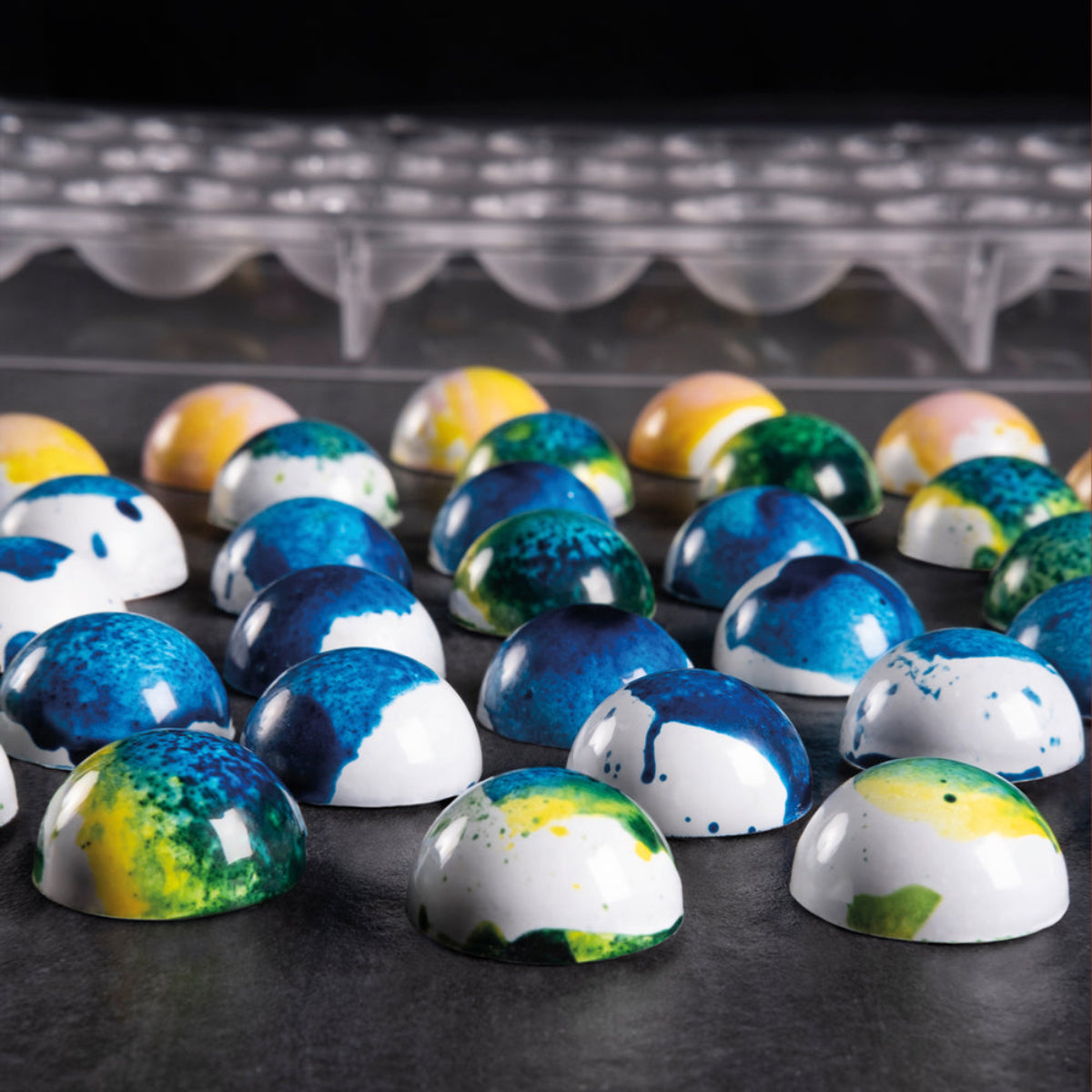




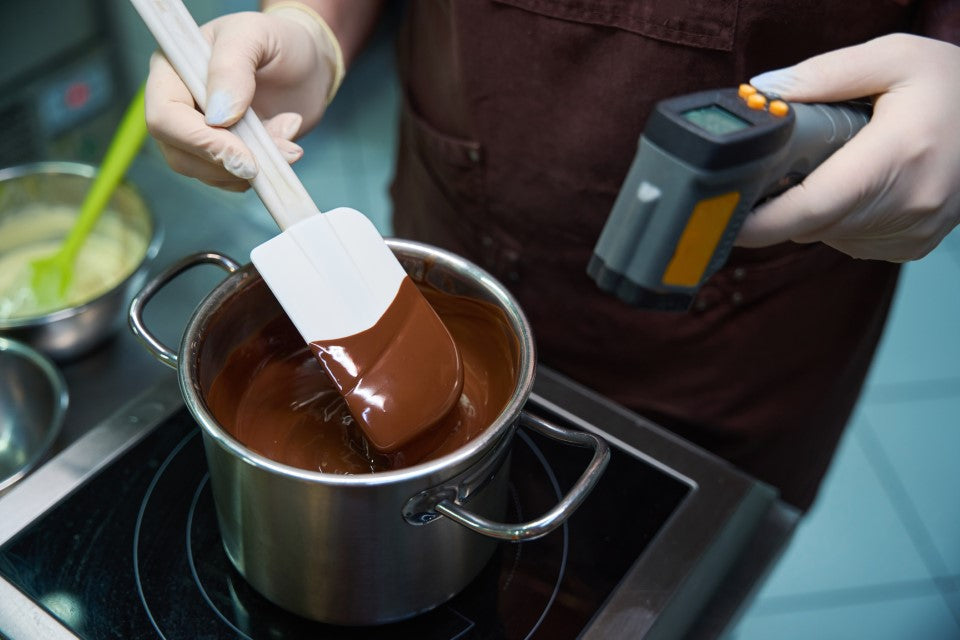
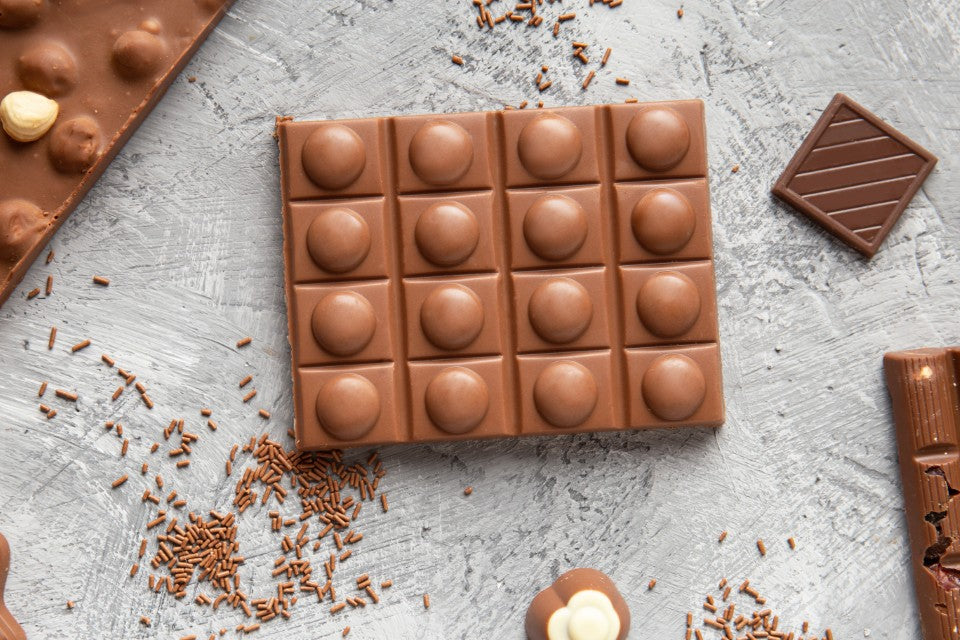


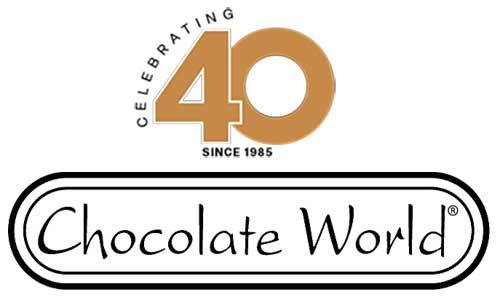

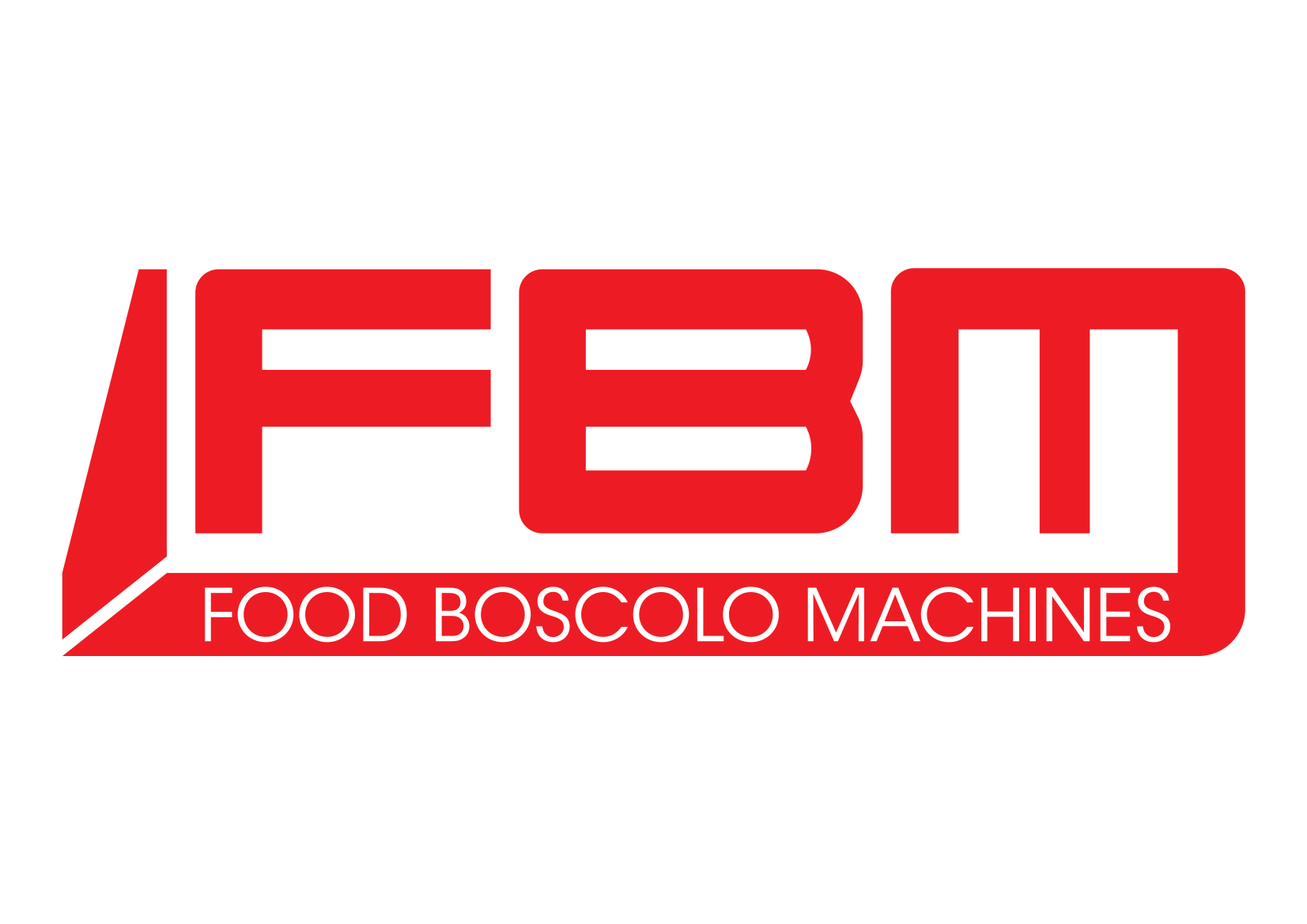
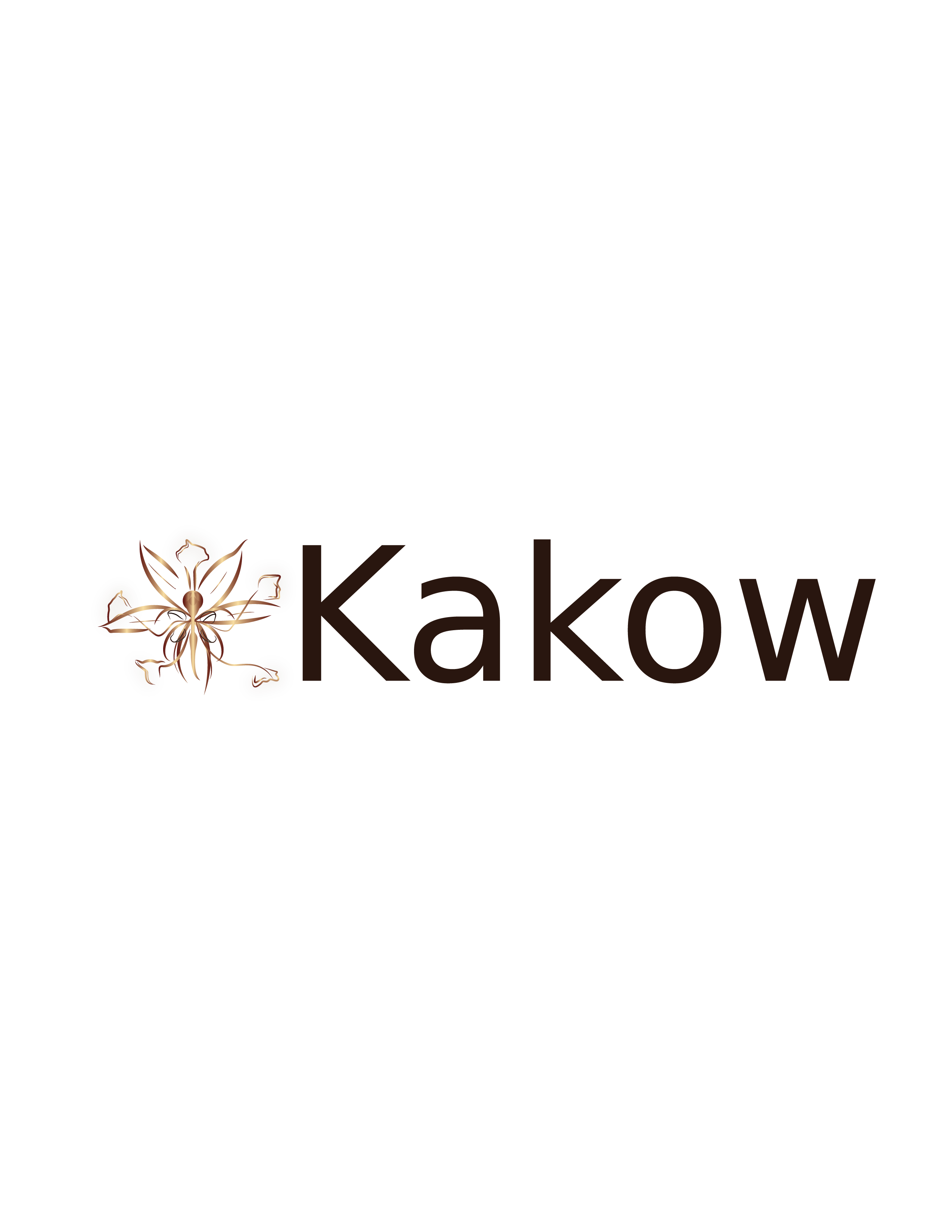


















Leave a comment
All comments are moderated before being published.
This site is protected by hCaptcha and the hCaptcha Privacy Policy and Terms of Service apply.